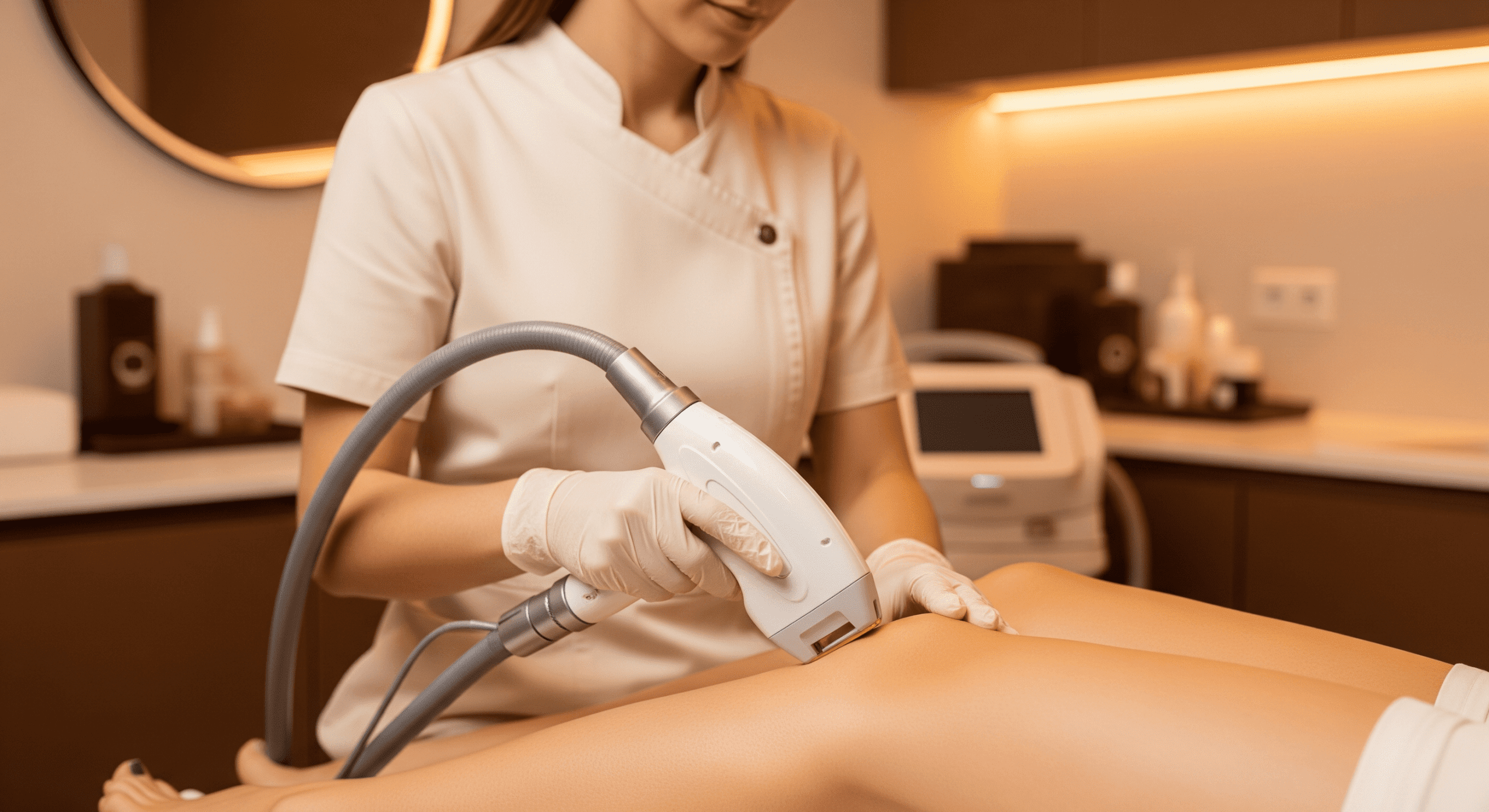Urinary incontinence affects millions but is often under-discussed. Emsella offers a non-invasive, FDA-cleared solution that strengthens pelvic floor muscles without surgery or downtime. However, not everyone is an ideal candidate. Knowing if Emsella suits your condition and lifestyle is key to setting realistic expectations and achieving meaningful results.
Jump to:
- What Is Emsella and How Does It Work?
- Who Is a Good Candidate?
- When Emsella Might Not Be the Best Option
- Key Takeaways
- FAQs
TLDR – Quick Guide
- Emsella is designed for adults experiencing urinary incontinence and pelvic floor weakness.
- Good candidates often have stress or urge incontinence but not severe prolapse.
- The treatment is non-invasive, painless, and requires no downtime.
- It’s suitable for men and women but requires a professional evaluation.
- Certain medical conditions may disqualify candidates—consultation is essential.
What Is Emsella and How Does It Work?
Emsella uses high-intensity focused electromagnetic (HIFEM) technology to stimulate thousands of pelvic floor muscle contractions per session. This deep muscle engagement strengthens weakened muscles responsible for urinary control, improving symptoms without the need for exercises or surgery.
Sessions are quick (about 28 minutes), comfortable, and done fully clothed, making Emsella an attractive option for those seeking effective, non-invasive care.
Who Is a Good Candidate?
Women with:
- Stress urinary incontinence (leakage during coughing, laughing, exercise)
- Urge incontinence (sudden need to urinate)
- Mild to moderate pelvic floor weakness
- Postpartum pelvic floor recovery needs
Men with:
- Urinary symptoms post-prostate surgery or radiation
- Mild pelvic floor weakness impacting bladder control
General Considerations:
- Adults who prefer non-surgical options
- Those who can commit to a series of treatments (typically 6 sessions over a few weeks)
- Individuals without implanted electronic devices (e.g., pacemakers) or certain medical implants
- Not recommended for pregnant women or those with active infections
When Emsella Might Not Be the Best Option
Severe pelvic organ prolapse or advanced urinary retention usually requires surgical or other specialized interventions. People with uncontrolled neurological disorders, metal implants near the treatment area, or specific health conditions may not qualify. A thorough medical evaluation is critical to ensure safety and treatment efficacy.
Key Takeaways
- Emsella suits adults with mild to moderate urinary incontinence or pelvic floor weakness.
- The treatment is non-invasive, painless, and requires no downtime.
- Professional screening is essential to rule out contraindications.
- Commitment to a full treatment plan is important for best results.
- Not suitable for severe prolapse or certain medical conditions.
FAQs
1. How many Emsella sessions are typically needed?
Most patients undergo 6 sessions over 2–3 weeks, though your provider may customize your plan.
2. Is the treatment painful?
No, patients usually feel tingling or muscle contractions but no discomfort.
3. How soon will I see improvements?
Many notice benefits after 3–4 sessions, with continued progress afterward.
4. Can Emsella be used alongside other treatments?
Yes, it can complement pelvic floor physical therapy and lifestyle changes.
5. Are there any risks or side effects?
Side effects are rare but may include temporary muscle soreness or mild urinary urgency.


